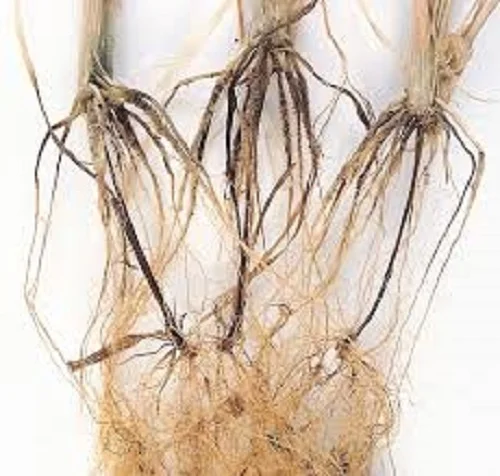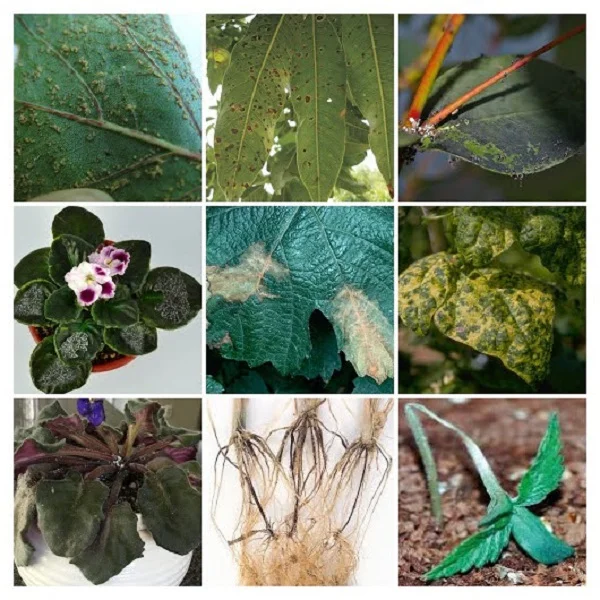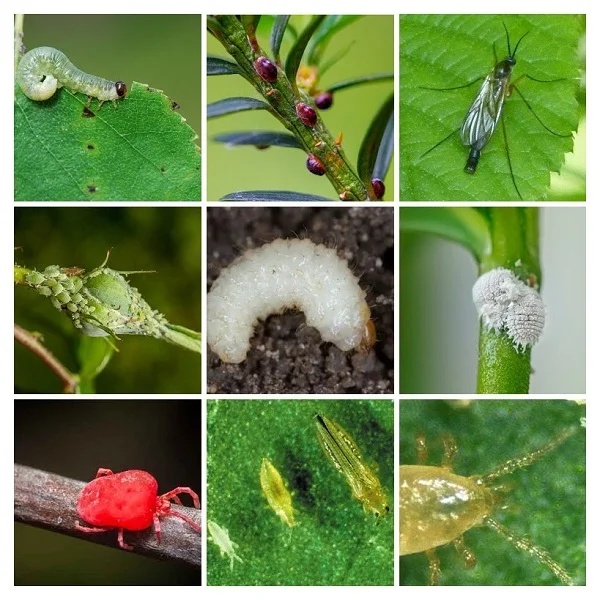How to Treat Root-rot Disease in Houseplants
Some links in this post may be affiliate links

Root-rot Disease Symptoms
The first sign of root-rot disease is yellowing and wilting of the leaves which is rapidly followed by browning and plant collapse.
The cause of root-rot disease is a fungal decay which is promoted by soggy soil.
Always ensure that the soil for your plants is free-draining soil and that the pot you use for your plant has a drainage hole.
Do not let water stand in the saucer for too long. Empty the saucer so that the plant does not sit on water after you are done watering.
This will prevent water from standing too long in the potting mix when you water the plant and thus prevent the soil from getting soggy.
Most houseplants will be killed by root-rot disease if the soil remains too wet for too long.
Cacti, Succulents, Begonia, Palms and Saintpaulia are highly susceptible to this disease.
Treatment for Root-rot Disease in Houseplants
If spotted early, root-rot disease can be treated and the houseplant can be saved.
The best treatment for root-rot disease is through Root Surgery Technique.
Root Surgery Technique for Treating Root-rot in Houseplants
1.Take out the plant from its pot, wash the soil out from the roots.
Cut away any stems or leaves showing any signs of rot. Cut off brown-black, mushy roots.
2.Disinfect the remaining roots and the entire plant with a copper-based fungicidal solution.
Ensure the entire plant is well covered with the fungicidal solution.
3.Disinfect the pot with the fungicidal solution or use a fresh pot and repot your houseplant in fresh potting soil.
Ensure the soil is free-draining and the pot has a drainage hole to prevent the soil from getting soggy.
4.Water your plant with the fungicidal solution and place the pot in a well-lit spot.
Do not water the plant again until new growth appears and avoid overwatering and soggy soil thereafter.
5.If all the roots are brown-black and mushy, the houseplant is far gone and cannot be saved.
Discard the plant and disinfect the pot with a fungicidal solution before re-using it.
You liked it? Share on social media.
Related Content
Amazon Associates Disclosure
Homeplantsguide.com is a participant in the Amazon Services LLC Associates Program, an affiliate advertising program designed to provide a means for sites to earn advertising fees by advertising and linking to amazon.com.

